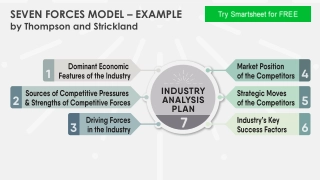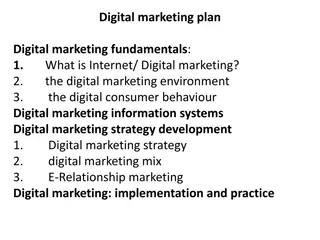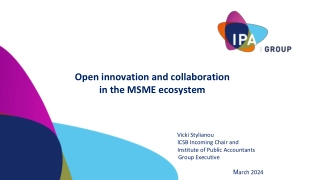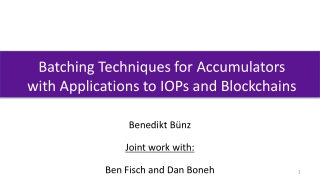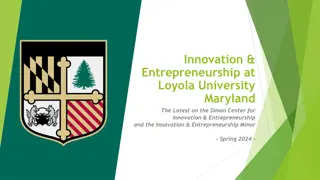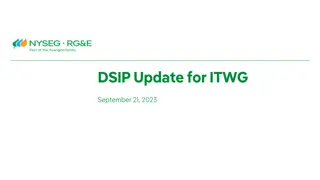Understanding Solvers and Memecoins in the Seven Seas Ecosystem
Explore the role of solvers, LSTs, and memecoins in the Seven Seas ecosystem, where strategists develop smart contracts and innovative strategies to enhance user experience and optimize trading processes. Learn about the Sommelier architecture and the significance of CEX-DEX arbitrage in the crypto landscape. Discover examples of market makers and the evolving dynamics of DEX innovation in the ever-changing crypto market.
Download Presentation
Please find below an Image/Link to download the presentation.
The content on the website is provided AS IS for your information and personal use only. It may not be sold, licensed, or shared on other websites without obtaining consent from the author. Download presentation by click this link. If you encounter any issues during the download, it is possible that the publisher has removed the file from their server.
Presentation Transcript
Solvers, LSTs, and Memecoins Sun @ Seven Seas
Background Seven Seas is a Strategist (Solver) in the Sommelier ecosystem We develop smart contracts, design and operate strategies, and build dashboards to track performance $27M (
Sommelier architecture Aave / Compound / Uniswap V3 / Morpho Rebalance Action Sommelier Blockchain Native Smart Contract on Ethereum Rebalance Message Rebalance Message Bridge Validator Set Bridged messages, not bridged assets Rebalance Message Deposit Withdraw Strategy Provider Running off-chain computation Users Seven Seas
What is a solver? Catch-all for an actor that leverages off-chain infrastructure to improve on-chain UX
Some examples Market makers Optimizoors Other UniswapX CoWSwap MeV-Boost Relayers Hashflow Sommelier Mev-Share Nodes 1inch Fusion Arrakis 0x Relayer Enso UniswapX
CEX-DEX arbitrage is dominant 60% of arbitrage revenue generated in Q1 2023 was CEX-DEX arbitrage CEX-DEX arbitragers pay less to validators Selects for large institutional trading firms Source: A Tale of Two Arbitrages
Intent systems today have the same structure CEX-DEX dominates RFQ systems today Direct on-chain routing is at a disadvantage because of increased costs in taking on-chain liquidity The next wave of DEX innovation is in giving better prices to uninformed flow Uniswap V4 CoWSwap <> Balancer fee discount Competing with off-chain liquidity is an uphill battle
Two primarily on-chain markets Source: https://info.uniswap.org/#/pools
Memecoins Most adversarial experience for users Institutional capital will basically never touch these assets -> solver landscape will remain distributed Strong case for the existence of AMMs It s possible that RFQ systems will capture order flow here as well Actors who are willing to take inventory risk will have an edge E.g. jaredfromsubway -infamous sandwich attacker
Liquid Staking Tokens (LSTs) Largest on-chain market Highly inefficient Extreme depegs Mostly passive liquidity in AMMs Basically 0 liquidity in RFQ systems Fun fact: Real Yield ETH is the largest market maker for LSTs on Ethereum
What can we learn from LST markets? The solver landscape is still relatively immature There is a shortage of on-chain infrastructure for solvers Specialized knowledge of DeFi primitives is an edge Especially true given the trend of increasing complexity (e.g Uniswap V4)
Conclusion We want to live in a world where primary liquidity is on-chain Intent systems create the UX to make this possible On-chain markets are highly inefficient today There is already significant opportunities for solvers to specialize and profit while being value additive













